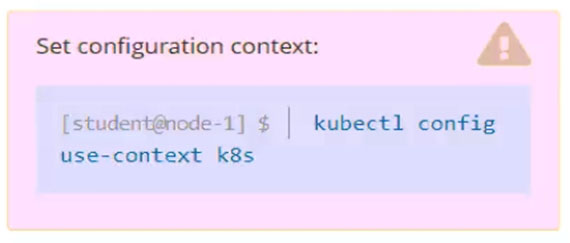

SIMULATION -
Context -
You have been asked to create a new ClusterRole for a deployment pipeline and bind it to a specific ServiceAccount scoped to a specific namespace.
Task -
Create a new ClusterRole named deployment-clusterrole, which only allows to create the following resource types:
✑ Deployment
✑ Stateful Set
✑ DaemonSet
Create a new ServiceAccount named cicd-token in the existing namespace app-team1.
Bind the new ClusterRole deployment-clusterrole to the new ServiceAccount cicd-token, limited to the namespace app-team1.

schlagzeuger1
Highly Voted 2 years, 8 months ago137eceb
9 months, 1 week agoSukon_Desknot
2 years, 5 months agodirkdirkdirk
2 years, 4 months agosonixrw
2 years, 1 month agospocknimoy
2 years agomemoor
1 year, 11 months agoVihar112
Highly Voted 1 year, 9 months agocajif66766
Most Recent 6 months, 3 weeks agonahid0002
8 months, 2 weeks agonoahsark
8 months, 3 weeks ago14b2b2e
9 months, 4 weeks agoSaransundar
1 year, 3 months agoProfXsamson
1 year, 3 months agoBABU97
1 year, 4 months agomKrishna
1 year, 6 months agosandip_k8s
1 year, 9 months agoSamm1
1 year, 11 months agospocknimoy
2 years agoorangelemons
2 years agoghsotq
2 years, 1 month agoMagodi
2 years, 1 month agoKhaled_Rashwan
2 years, 4 months agoRD2022
2 years, 2 months agoNirms
2 years, 6 months ago